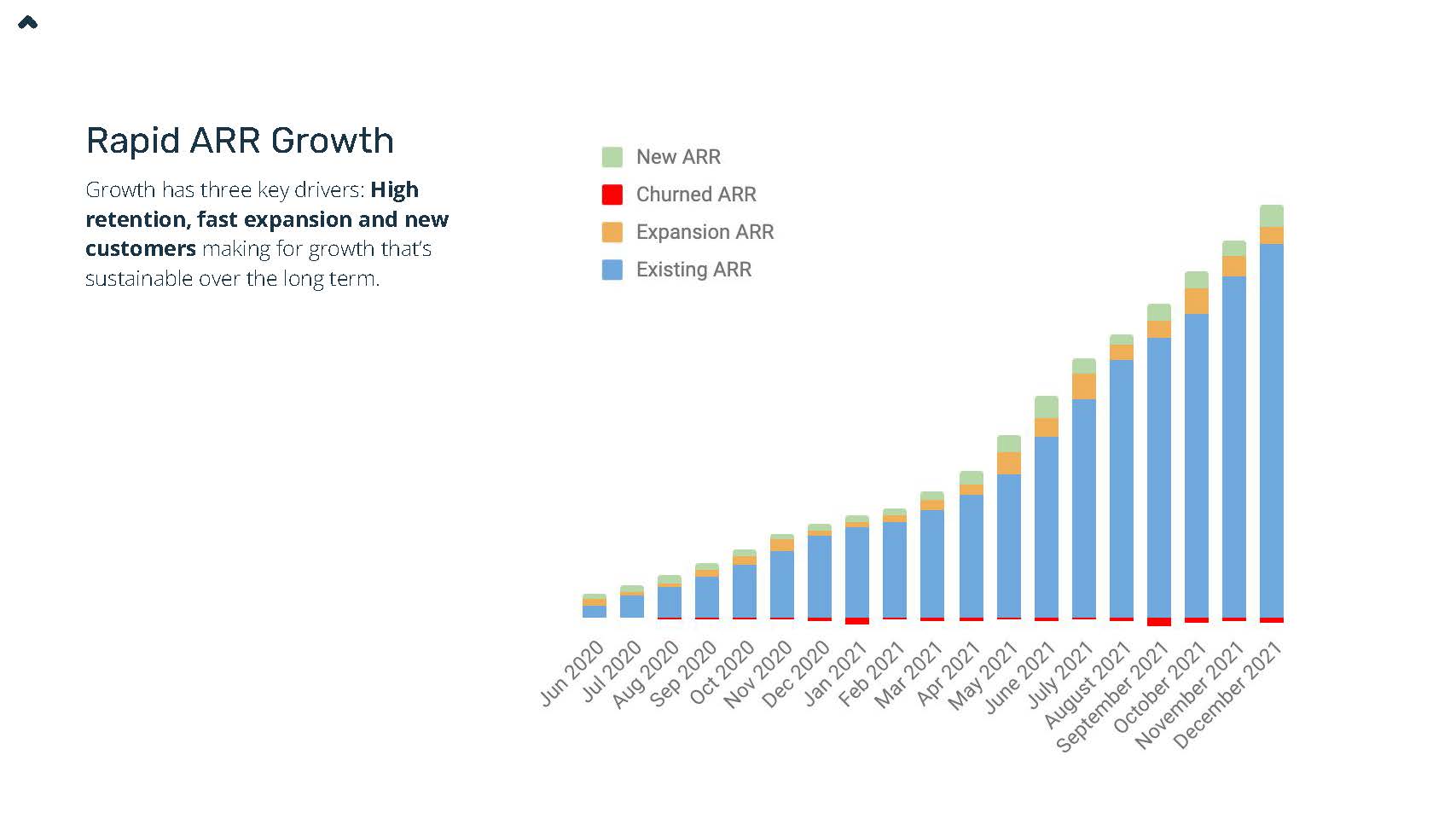
In the early days of human societies, the way for people to prove that they were familiar with each other’s identity was through recalling each other’s stories and appearances. However, knowing about certain stories is not enough to prove the authenticity of a person’s identity. The risk posed by relying on these stories alone is often exactly what con-men look to exploit.
For example, we have the character of Frank Abagnale as played by Leonardo DiCaprio in the film “Catch Me If You Can.” Frank is a master criminal who is good at forging documents and faking his identity. In an era of underdeveloped technology and limited networks, if you were devious and smart enough, you could use simple documents and clothing to disguise yourself and become anyone, do anything, and leave behind no record to track.
The development of modern identity
In ancient times, the earliest “identity card” was a property rights certificate; few people had it- and ordinary people could never possess one. Over time, the concept of an identity certificate became more widespread. Looking at the history of China, identity documents called “fu” appear fairly early in the historical record.
Different societies devised different methods of identification. For example, the Maori used tattoos on the face to establish identity and family ties. Other cultures used jewelry with particular designs to similar effect. The notion of proving identity through physical objects began to reach many societies’ middle and lower classes as societies grew more complex. For example, economic development and advances in writing and recording technology led to written filing systems to identify and track homeownership, businesses, and arrears in the ancient Near East and classical Mediterranean world.
After the 19th century, governments began issuing photo IDs and documents that track births, transactions, ownership, and other credits. Merchants created manual registration forms to record and track loan records and share them with others, gradually forming the basis of the credit system. The combination of photo identities, paper trails, and credit creates the foundation of our modern identity systems.
In modern times, a typical ID is made of paper and plastic, covers the basic elements of identifying information, and has various seals and confirmations from different authorities to assure legitimacy and authentication. Apart from that, the physical world uses handprints, iris scanning, OCR technology, and related tools to compare the data stored in identity verification systems to the traits of the physical person. While physical items and even body parts can be copied or impersonated, these approaches are much more reliable and secure than older methods. However, as these methods are still reliant on seeing and processing the identifier, they are still valuable to forgery.
Traditional identification is a tool for people to enter the economic system, integrate into social activities, and confirm their contributions to society. With advancements in science and technology and the emergence of the internet, collaboration costs have been reduced, and new user behaviors have been stimulated. Huge network effects have made large platforms like Google, Uber, and Facebook into large data aggregators. People’s reliance on large platforms has made digital identities dominant and marked the birth of “heterogeneous identities.”
But now, people are increasingly questioning these monopolies using their data for profit. Although we are ourselves, does our online identity belong to us? If the identity information is arbitrarily tampered with by a centralized monopoly, how can it be proved that the “you” once was “the real you”?
Decentralized Identity – Throwing False Reality Out
The value of Web 1.0, largely found in the content of text-based web pages, was created by its users and builders. The value in Web 2.0 lies in a series of independent information islands created by platform companies, providing isolated operations and centralized services which can inter-operate when needed.
The current Web 3.0 combines the decentralization and community management spirit of Web 1.0 with the advanced and modern interoperability of Web 2.0. The spirit of decentralization that Web 3.0 carries must be extended beyond content to identity ownership and control.
With the rise of Web 3.0, users and builders can enjoy internet technology services through tokens. The information you choose to be on the chain is public, and people can know this part of you through searches such as encrypted wallet addresses. At the same time, they will not know who you are as the information on the chain allows for a high level of anonymity and privacy.
With the decentralized identity (DID) of Web 3.0, all your on-chain experiences, achievements, interests, and other recorded information form a permanent record featuring timestamps that can be viewed as a continuous identity. That identity is determined by your actions and verified by others. You can be the master of your own identity while also maintaining impartiality about the facts concerning it. In the Web 3.0 era of DID, any content you publish online will be permanently linked to you, which protects the originality of your content and limits cyber-violence that uses virtual identity as a shield. The records of poor behavior will follow an identity as long as it exists and cannot simply be shed by moving to another island of content managed by another service provider.
Of course, there are other benefits to a mobile, decentralized identity beyond providing consequences to irresponsible speech.
With a self-owned identity that moves between different points in the Metaverse, you don’t have to worry about forgetting to bring your graduation certificate, driver’s license, qualification certificate, or other documents with you when you need them. Instead, an NFT copy of them stored in an encrypted wallet that moves between blockchain networks can serve the same purpose, provide a high level of security, and be just as useful in several situations.
In a future world where DID is the norm, everyone will be responsible for their reputation and behavior. Your speech, content, consumption, and past transactions will all become the basis of your online identity’s credit. To become mainstream and map the relationship between on-chain and off-chain, a mechanism must be established to standardize it. This is particularly difficult but extremely important.
DID in the Metaverse
Many elements are needed for a fully fleshed-out Metaverse concept to be successful. Among them are identity, social interaction, immersion, low latency, diversity of experience, the mobility of data, and an internal economic system.
The most important of these is identity. All the person’s data, including entities, experience, and knowledge, will be transmitted to digital avatars in some fashion. Like real individuals, digital avatars continuously exist- they don’t “turn off” when the user is not using it. It can realize the continuation of digital survival and digital life until the end of the person using the identity.
Identity recognition requires the establishment of a relatively complete authentication system. For the Metaverse, this will require the use of blockchain technology. Over the last few years, blockchain technology has undergone an evolution from a single decentralized ledger application to a value transmission layer in virtual space and time and has now realized an increasingly vast virtual world. Blockchain can already achieve diversified value transmission in data, identity, and assets.
Because data on the blockchain cannot be tampered with, is easily verified, and quickly accessed, it is obvious that blockchain technology must be the foundation for any new identity recognition system in the Metaverse which hopes to be decentralized while also being reliable.
But at present, decentralized identity has not been popularized, the information on the chain is not unified, and the credit system is not perfect. It is difficult for users to verify individuals with “one identity” that is convenient to use in all ecosystems and applications. In addition, there is no unified standard for the credit system. Even though there are many DID developers, there is no clear industry standard for data extraction and filtering of credit records. As a result, the off-chain data which might be of use is not really mapped to the chain, and the current user behavior on the chain is not inter-operable.
Today, the records of each wallet address show the user’s past behavioral tendencies, whether they are NFT collectors, DeFi enthusiasts, or BTC loyalists. Data particles are still running on the chain, but these past “behaviors” have not yet become credit points on the personal chain. This is an issue because, even when the blockchain cannot be tampered with, people still need to prove their past actions and provide evidence of their future behavior for many reasons. To resolve these issues, establishing a DID mechanism and an accompanying credit system is essential.
Based on the current technological limitations, the field of scenarios that the Metaverse can realize is constrained. Still, the establishment of identity recognition and credit level scenarios can be realized with the help of blockchain technology and protocols.
Among these is the third-layer middleware protocol MetaVisa. By analyzing blockchain data, MetaVisa helps users establish and display reliable on-chain identity and credit records and make DeFi, NFT, GameFi, DAO, and other DApps easier to use and better able to serve users through the credit system. Based on blockchain data, MetaVisa also uses cloud computing, machine learning technology, and model algorithms such as logistic regression, decision trees, and random forests to comprehensively process and evaluate data from multiple dimensions such as Credit History and On-Chain Address activity level, asset holding and investment portfolio, and address correlation is used to establish a standardized credit system to provide users with a more convenient and authoritative identity identification, hoping to become the “master key to the chain in Web 3.0.”
How MetaVisa optimizes the solution to establish a decentralized identity and credit system
At present, MetaVisa is building a multi-ecosystem tool that can address many usage scenarios, including applications such as symbol, credentials, GameFi, DeFi, DAO, and Community relationship management.
The MetaVisa Credit Score (MCS) is used to comprehensively rate users’ on-chain data and to provide easily processed value rankings from it. This system is not only applicable to the blockchain but can also be used in any blockchain-related field. The application of MCS will greatly improve the service of the applications using it and their efficiency in respective application scenarios. MetaVisa’s credit rating system will play a role similar to the international credit system and ISO system certification in the future, which will provide authoritative information for the blockchain world and the Metaverse. MetaVisa will make the blockchain more efficient, credible, and standardized.
The traditional identity authentication system has been continuously upgraded, from the offline authentication of ID cards to the single-point online authentication of centralized digital authentication technology to the use of blockchain digital technology for online joint identity authentication. However, although the upgrading of the traditional identity authentication system has been making progress, there are still many pain points in practical application, such as:
- The simplicity of authentication technology leaks privacy: With the increasing amount of time people spend on the internet, the precondition for using Internet services is to solve the problem of identity recognition. At present, the identity authentication methods of major platforms are relatively simple, and there is a large risk of personal privacy information leakage behind them, which may lead to the betrayal of user information, resulting in serious property and related interests losses.
- The phenomenon of data islands is serious: At present, major platforms use their own cloud storage and centralized servers, resulting in many attributes of user identity, and the identity information required by different application scenarios is also different. There are different identities in the commercial system, which makes the information of the same person in different centralized systems in a state of isolation, forming a more serious user identity data island phenomenon!
- Identity information is monopolized: At present, digital identities record all users’ key identity data and behavior information, and many service platforms hide and monopolize important user information for commercial purposes.
The existence of these problems hinders the further development of the identity authentication system in the context of the Metaverse. Fortunately, MetaVisa Metaverse identity (MID) can solve such problems.
MetaVisa is a third-layer intermediate protocol based on blockchain technology. It only records the personal behavior data of the user’s address on the chain and will not violate personal privacy. In addition, MetaVisa has established a complete data security management system and reviewed the data security capabilities of all partner organizations to ensure comprehensive security protection for user information.
Secondly, because MetaVisa is based on the third-layer middleware protocol on the blockchain, it has the characteristics of decentralization and security- data cannot be tampered with and is permanently traceable. Through distributed accounting and free notarization on the entire network, it creates a data-related “Trust mechanism,” forming a MetaVisa consensus database. The data is open, transparent, and traceable. It cannot be hidden and monopolized, nor can it be maliciously altered. Under this mechanism, the identity information between users cannot naturally form a data island.
The traditional identity authentication system cannot adapt to the current development of the Metaverse. MetaVisa MID is different from traditional ID authentication. Based on the underlying construction of blockchain digital technology, MetaVisa MID can effectively solve the difficulties faced by the current traditional ID identity authentication system. This is also the advantage of MetaVisa MID.
Our vision
The Metaverse is still in its infancy, mainly due to technological limitations, but this does not mean that this situation will continue. It is only a matter of time before an explosion in the popularity of the Metaverse. Introducing a decentralized identity system into the Metaverse opens up a number of possibilities in this brave new world.
Among them:
- By transferring identities to the chain, we can subvert traditional financial processes and provide open and transparent access to capital, reconsider the relationship between talents and jobs, and help people find more suitable jobs for them based on their history.
- On-chain reputations can enable Internet-native credit scoring, which does not need to be restricted by a third-party, complex, and opaque scoring system. This can serve to make more financial services possible in a decentralized environment, such as issuing loans and establishing credit. For example, when you rent a house, you can see the DID that records the landlord’s property, credit, and related information, and vice versa- the landlord can also see the tenant’s information, which allows both parties to conduct transactions more safely and securely.
- Unlike the current credit scoring system, the on-chain system can easily port across borders and applications.
- When recruiting talent, decentralized identities can create “open resumes” based on relevant activities and achievements. This way, HR can get a complete picture of someone’s past work and a more nuanced understanding of their skills and contributions while ensuring that the information they are working with is true.
- Many applications at least partially use reputation to incentivize creation and contribution. By tracking which DIDs contributed to a given project, it is possible to better and more accurately measure a person’s level of involvement in something and the value they create.
- If every piece of content on the internet can be broken up and evaluated, then in the context of Web 3.0, we can measure which content inspires further creation or is the most memetic. This will provide a whole new approach to content creation. In this way, content creators have more opportunities to be discovered and can also obtain tokens through creation.
All in all, DID has brought us many opportunities and new possibilities. Moreover, its permanent nature will reshape the way we behave on the internet.
The post Establish and display reliable on-chain identity with MetaVisa appeared first on Our Bitcoin News.

 2 years ago
127
2 years ago
127














 English (US) ·
English (US) ·